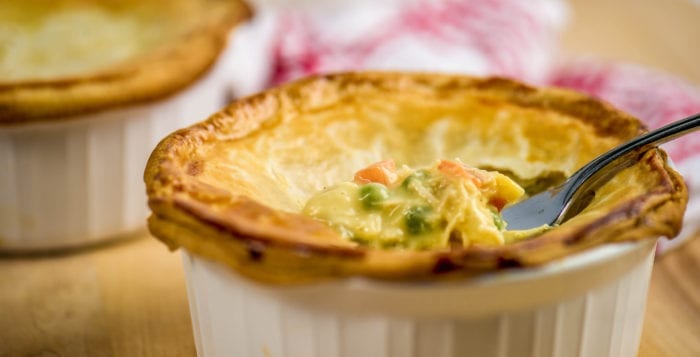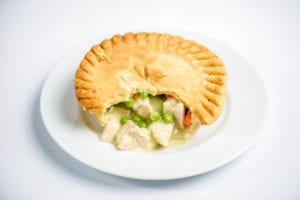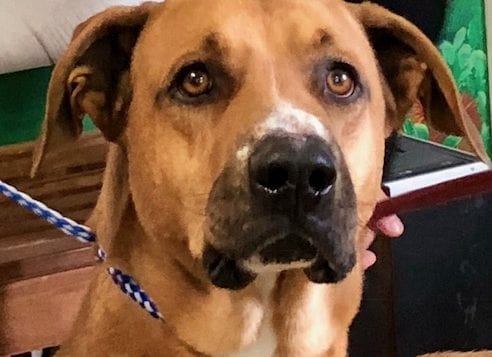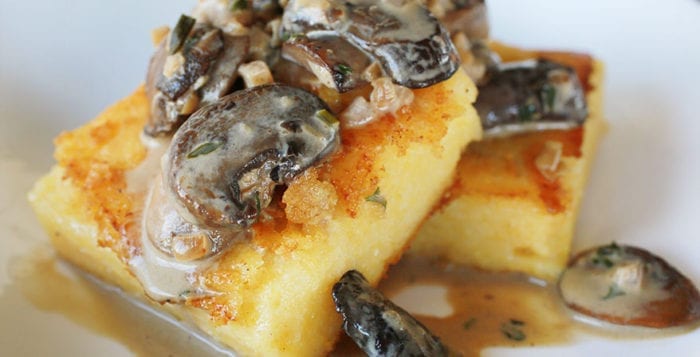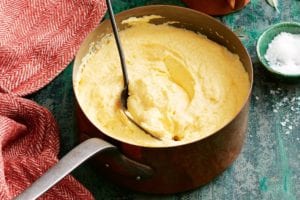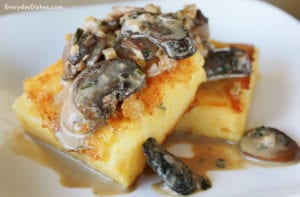By Linda M. Toga, Esq.

THE FACTS: Approximately five years ago, my father remarried and he and his second wife, Mary, purchased a house together. At the time my father told me that he alone paid for the house and that his plan was for the house to pass to me and my sister when he died. My father is now very ill and suffers from advanced Alzheimer’s. He never updated his will, which leaves his entire estate to me and my sister.
THE QUESTION: What is going to happen to the house when he dies? Will my sister and I inherit the house?
THE ANSWER: What happens to the house will depend on a number of factors, including how title is held and whether Mary waived her marital rights in your father’s estate.
HOW IT WORKS: Generally when a married couple buys real property, the property is held jointly as “tenants by the entirety” unless the deed states otherwise. That means that upon the death of the first spouse, the surviving spouse owns the entire property outright. There is no need to have a new deed prepared transferring the property into the name of the surviving spouse since the transfer is automatic “by operation of law.” The surviving spouse need not take any action for ownership of the property to be transferred.
If, however, the deed states that the parties own the property as “tenants in common” or states that the parties each own a specific percentage of the property, the surviving spouse only owns the percentage of the property set forth in the deed. If your father owned the property with Mary as tenants in common, the share of the property owned by your father will pass under his will.
As I mentioned above, how title is held between spouses only addresses part of the question. What is going to happen to the house may also depend on whether Mary waived her marital rights and, if she did not, whether she chooses to exercise her right of election.
Mary may have signed a waiver stating that she was not going to enforce the rights she would have to handle your father’s estate and to receive a one-third share of that estate. Absent such a signed waiver, Mary may exercise her right of election and would be entitled to approximately one-third of your father’s entire estate, regardless of the terms of his will or the manner in which he held property.
For example, if your father owned the property in question jointly with you rather than Mary, and the property was valued at $300,000, Mary could demand that the estate satisfy her right of election by turning over to her assets with a value of $100,000.
Even if the property is held jointly with Mary so that she becomes the sole owner upon the death of your father, Mary can still demand other assets from your father’s estate if the value of the property passing to her by operation of law is not equal to one-third of your father’s total estate. Whether she makes such a demand will likely depend on her own financial health, the size of your father’s estate and her relationship with your father.
Even when there is no waiver, it is not unusual for a surviving spouse to honor the wishes of the decedent and decide against exercising her right of election.
Clearly, there are a number of questions that must be answered before a determination can be made about what will happen to the house when your father dies. Additional questions will arise if Mary decides to exercise her right of election. Under the circumstances, you should seek the expertise of an attorney with experience in estate administration to assist you when the time comes.
Linda M. Toga, Esq. provides legal services in the areas of estate planning and administration, wills and trusts, guardianship real estate, small business services and litigation from her East Setauket office.



 Who knows when the next winter “bomb-cyclone” followed by an arctic cold front will hit Long Island. Here are a few important facts and tips to help our pets get through another winter:
Who knows when the next winter “bomb-cyclone” followed by an arctic cold front will hit Long Island. Here are a few important facts and tips to help our pets get through another winter: Arthritis affects older pets more commonly but can affect pets of any age with an arthritic condition. Cold weather will make it more difficult for arthritic pets to get around and icy, slick surfaces make it more difficult to get traction. Care should be taken when going up or down stairs and on slick surfaces. Boots, slings and orthopedic beds can be purchased from pet stores, online or through catalogs. These products will help our pets get a better grip on slick surfaces or icy surfaces and sleep better at night to protect aging bones and joints.
Arthritis affects older pets more commonly but can affect pets of any age with an arthritic condition. Cold weather will make it more difficult for arthritic pets to get around and icy, slick surfaces make it more difficult to get traction. Care should be taken when going up or down stairs and on slick surfaces. Boots, slings and orthopedic beds can be purchased from pet stores, online or through catalogs. These products will help our pets get a better grip on slick surfaces or icy surfaces and sleep better at night to protect aging bones and joints.
